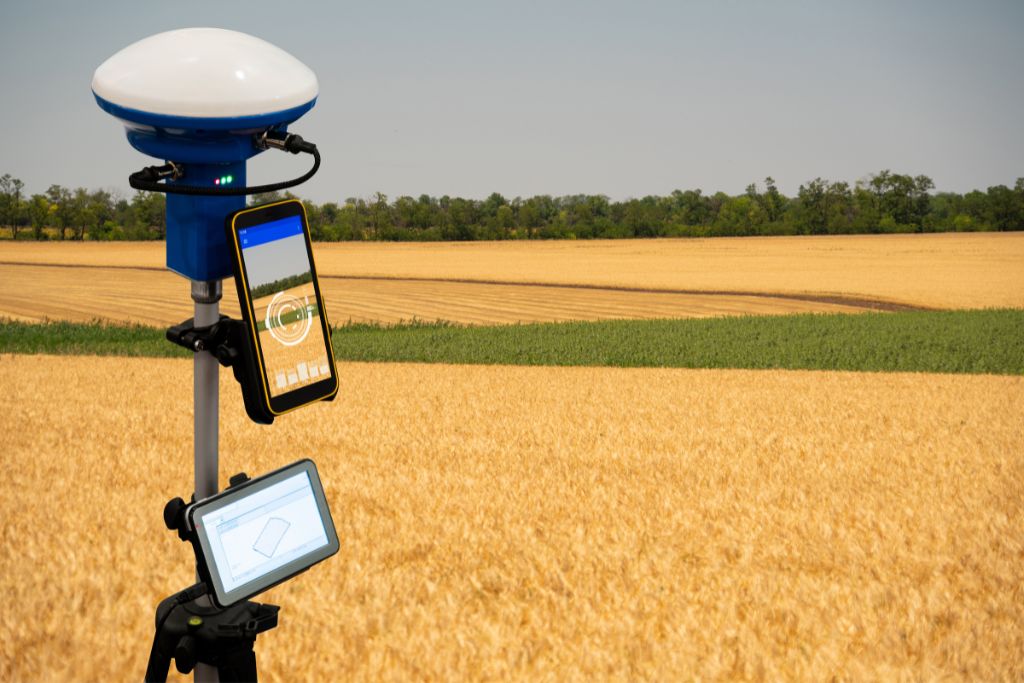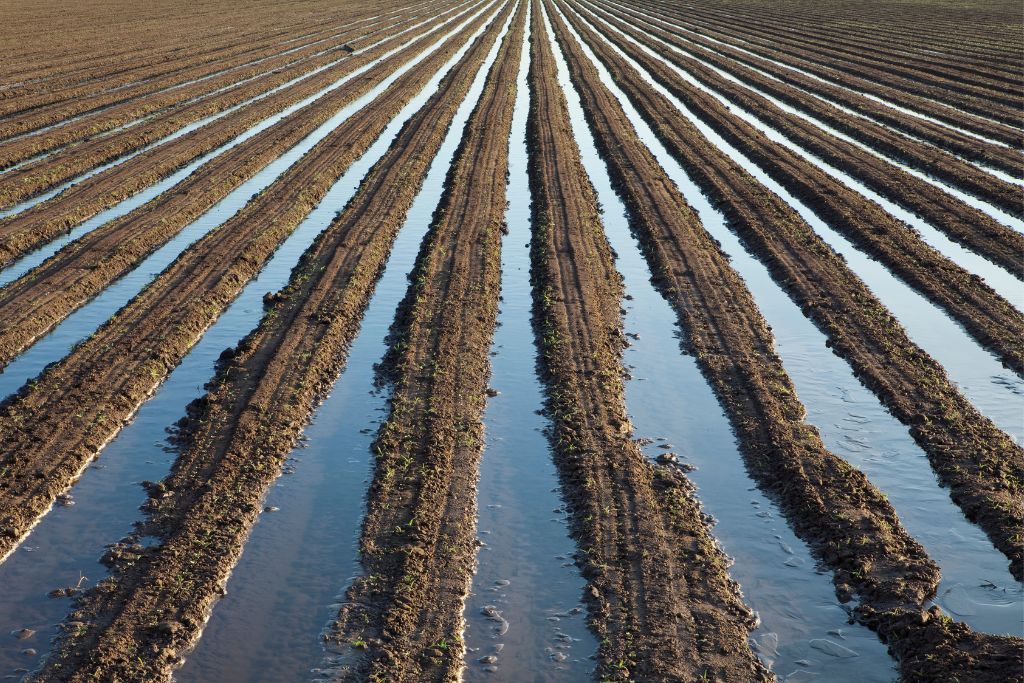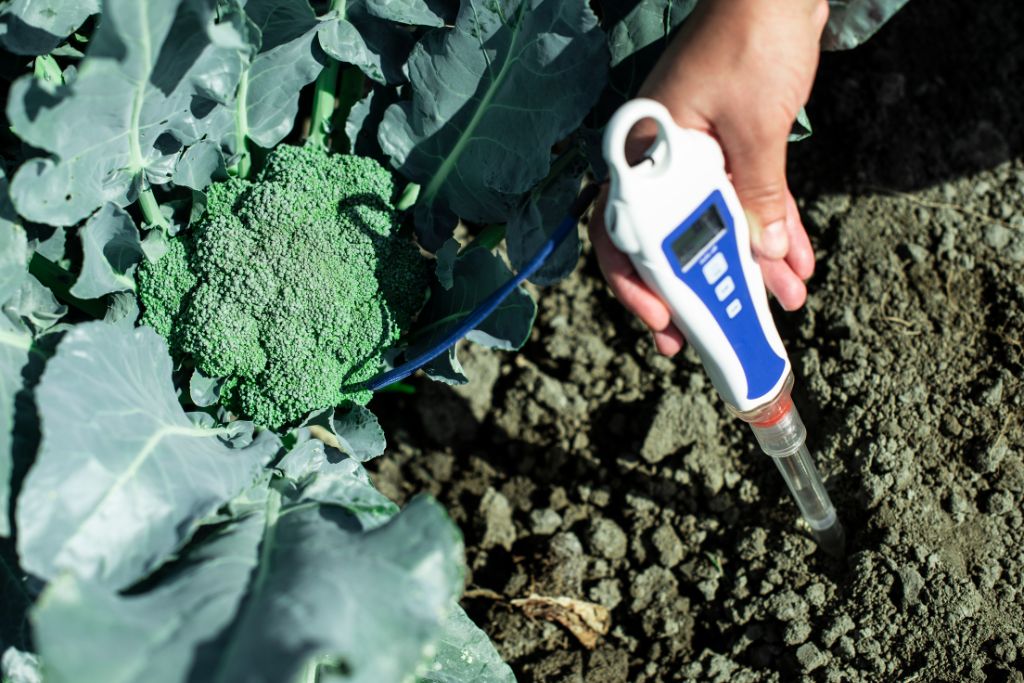As global food demand rises, farmers are turning to technology and techniques for improving crop yield. The result is lower costs, higher productivity, and less stress on the environment.
New technologies are being developed to help developing countries boost their agricultural output, which could contribute to reducing poverty and the adverse effects of climate change. However, these innovations need to be introduced and diffused carefully.
Precision Farming
Precision farming is a set of practices and technologies that enable farmers to use resources more precisely to produce high yields. It improves farm productivity, reduces water and chemical runoff, and increases soil health.
Precision agriculture focuses on sustainability by utilizing sensors and analytics that drive management decisions based on real-time data. This information helps farmers conserve resources while maximizing profits.

In addition, it improves the quality of crops by ensuring that they receive optimal amounts of fertilizer and water. Moreover, it provides timely area-specific alerts to protect crops from weeds and pests.
Precision technology involves using sensors to measure and monitor soil conditions, such as pH levels, moisture, nutrient concentration, salinity, etc. This information allows farmers to plan their irrigation and fertilization accordingly to maximize crop yields.
Drones
Drones are a technology and technique that can help improve crop yields by providing farmers with real-time, precise information about their fields. They can also monitor the health of crops and spot bacterial or fungal infections.
With agriculture facing a wide range of challenges, including population growth and extreme weather conditions, drones are becoming increasingly popular in the industry. They can increase agricultural productivity, reduce pollution and save money by reducing chemical use.

They also make for more efficient fertilization and spraying processes. This can reduce the number of chemicals that run off into nearby waterways.
Another emerging use of drones is in soil analysis, helping to plan seed planting patterns. In addition, they can detect irrigation problems and provide data on the health of a crop.
Irrigation Management
Irrigation management involves the decision process and action of applying a chosen depth of irrigation water using a chosen application method at a chosen time to achieve defined agronomic and economic objectives. This includes scheduling methods that protect water quality and increase water productivity while improving crop yields.
Crops’ water use and evapotranspiration (ET) are important for increasing crop yields. However, many irrigated systems are inefficient in applications and therefore can reduce ET by running off soil or through deep percolation losses (Figure 2, below).

A number of techniques have been developed to minimize water losses and maximize water use. These include reducing irrigation applications that are too close to a crop’s ET demand and maximizing the amount of irrigation that is applied when the crop needs it to maximize water availability in the root zone.
Artificial Intelligence
As climate change and water shortages continue to exacerbate agricultural challenges, farmers are turning to AI to improve crop yields. These technologies can help farmers monitor and predict crop health, reduce the use of pesticides, increase yield, and minimize waste.
For example, a start-up in India is using AI to predict weather conditions and soil moisture levels for optimal irrigation and crop growth. This technology can also be used to identify nutrient deficiencies and plant diseases.

Another application of AI in agriculture is crop scouting, which uses computer vision to analyze images of crops to identify issues such as pest infestation or nutrient deficiencies. This can help farmers take early action to prevent the loss of crops.
Other applications of AI in agriculture include precision farming, crop monitoring, weather forecasting, autonomous equipment operation, and crop yield prediction. AI is also a valuable tool for evaluating data and making decisions, reducing labor costs and increasing efficiency.
